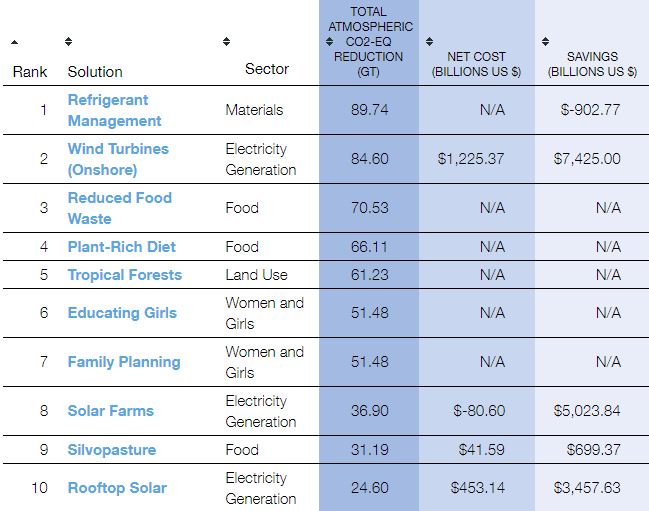I’ve put my Machine mk2 aside and set up my Microbrute again in the middle space on my desk. Re-acquainting myself with it, I’m not sure this is going to last. It’s a great synth for basses and analog leads, but not generally suited to the music I’m making now. It does have some “edge case” sounds in it that can work well, and it loves audio rate modulation from Eurorack oscillators. But it’s basically holding that desk space until I think of something that would be better suited.
There are several low-cost, small format synths which would be fun — but probably redundant. Some others probably are outside the sonic/workflow ranges I’d want to work with. There are some I’m curious about but are priced outside casual curiosity, and others that are just prohibitive.
My best bet might be a Behringer Neutron, compared to the Microbrute — but I fear it would just feel like an unnecessary expansion of my modular. So I’m holding off any decisions here until something more clearly presents itself.
The album is coming along. I wound up rejecting one of my recordings because I didn’t like the way the melody line worked, after some effort trying to rescue it via selective pitch-shifting, altering rhythms to make it a little less plain, etc. I couldn’t get it to a place where I was proud of it, unlike the rest so far.
I’m mostly sticking to the “places that aren’t places” theme, and recalling the settings of some recurring dreams. I had a variation on one of those dreams last night, where a mad wizard whose tower was built into a bridge support wound up blowing up said bridge. I was tasked by the city to collect fines from him and put up signs condemning his actions. Broken bridges, or bridges that rise far too high and then dip alarmingly underwater, are a recurring feature of my dream scenery. Maybe that’s due to growing up on Florida’s gulf coast, where the two 1980 Sunshine Skyway Bridge accidents were prominent events in my childhood. (Also, both the old bridge and its 1987 replacement were notorious for suicides. My dad once had plans to write a novel about it.)
After chastizing the mad wizard, I woke to see a deer crossing the end of our driveway. We live in the sort of metro suburb where you really don’t expect that, and it’s only the second or third time I’ve seen deer here, so it’s always a bit weird and portentous.
Last Saturday there was a “How-To Festival” at a semi-local library. I got to learn a bit about local snakes and do some guided meditation, but the most significant bits to me were a presentation on solutions to global warming and a quick beginner lesson on the ukulele.
The presentation mostly introduced Project Drawdown, who have a website with a ranked list of climate solutions in terms of how much CO2 equivalent reduction they would result in. The list is not what most people would expect — it’s heavily weighted toward structural and policy changes, and most of our personal responsibility is political. Electric cars are #26 and household recycling is way down at #55, but educating girls and providing clean cookstoves in developing countries, and protecting tropical forests and Ireland’s peatlands are much higher priorities. Proper disposal of air conditioner refrigerants, large scale wind power, and reducing food waste (mostly on the supply side) are the biggest things.

That said, “Plant-Rich Diet” is #4 on the list. Beef has a much heavier carbon footprint than everything else (except lamb, which isn’t nearly as popular), due to deforestation and the methane that cattle produce. Reducing consumption to levels where no new pasture is cleared for grazing, and changing over to regenerative grazing methods for the rest, would be a huge help. I’m personally going to cut back on beef, and commit to only having it once in a while in a particularly good form.
As for the ukulele: it was kinda fun. A lot easier to pick up in terms of technique than mandolin. I felt a little more natural strumming the mandolin than the uke, and the strings aren’t consistent intervals — picking out melodies or working out theory is more of a challenge. But people have been known to restring and retune in mandolin GDAE, so that’s an option. I found the soprano uke a bit tight for my big hands but the concert size was reasonable. One of the instructors said the Waterman plastic ukes are actually pretty decent, so I might give it a try. I don’t expect it’s something I’ll make use of for my Starthief project, but you never know, maybe I’ll kick off a new dark uke ambient subgenre 😉
